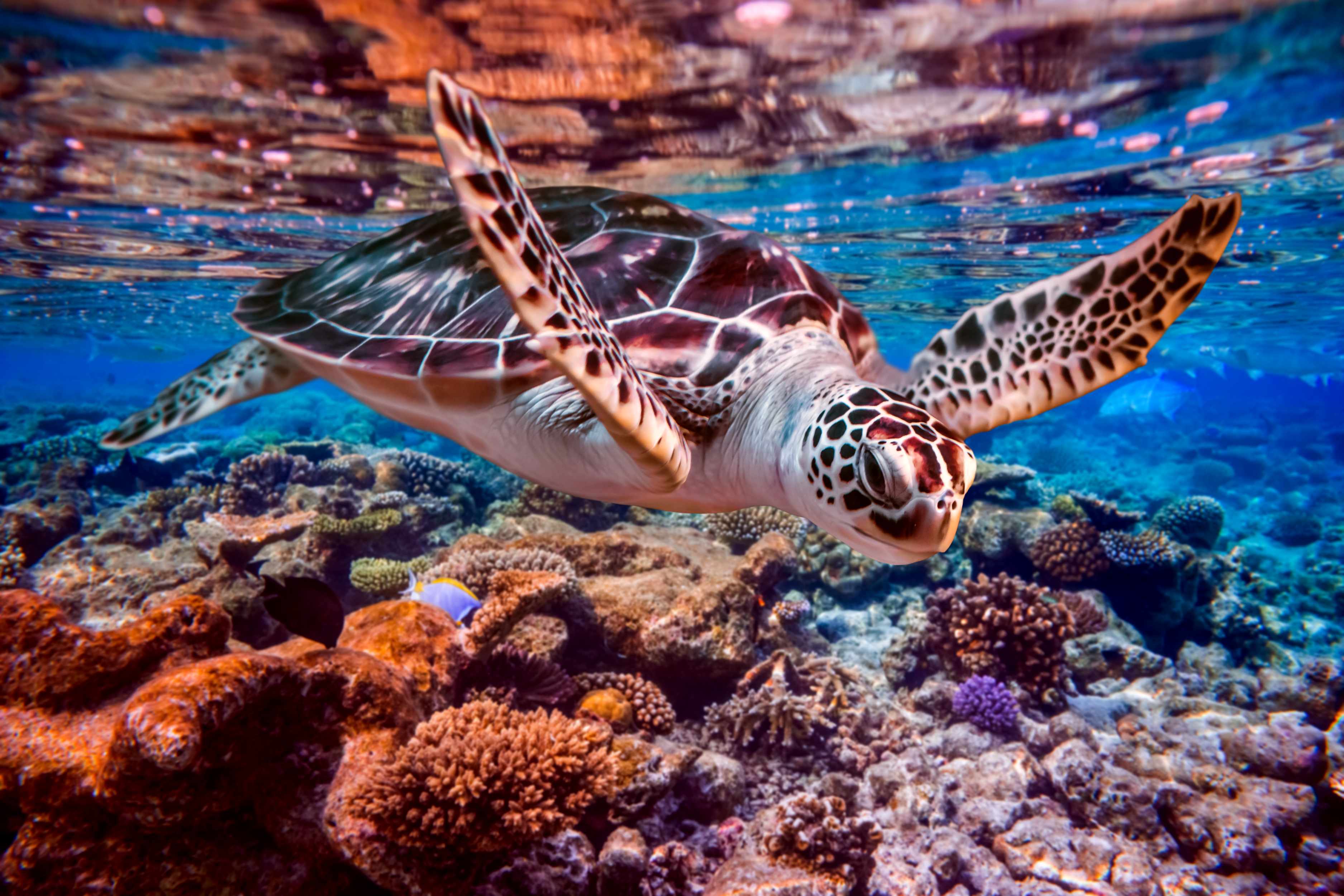10 Animals That Can Live for Over 100 Years
In the vast tapestry of life on Earth, certain creatures stand out not just for their beauty or strength, but for their remarkable ability to endure through time. These are the majestic beings that defy the typical constraints of aging, living for over a century, and sometimes even longer. While human lifespans have extended significantly over the past few centuries, they still pale in comparison to some of these ancient dwellers of our planet. This article delves into the fascinating world of these long-lived species, exploring the secrets behind their longevity, their ecological roles, and the lessons they offer us in resilience and survival. The concept of longevity in the animal kingdom is not just a matter of curiosity but a subject of significant scientific interest. Understanding why and how certain species live so long can provide insights into biological processes that may one day inform human medicine and aging. From the deep oceans to the dense forests, these creatures have adapted to their environments in ways that allow them to thrive for centuries.
1. The Ancient Tortoises: Guardians of Time
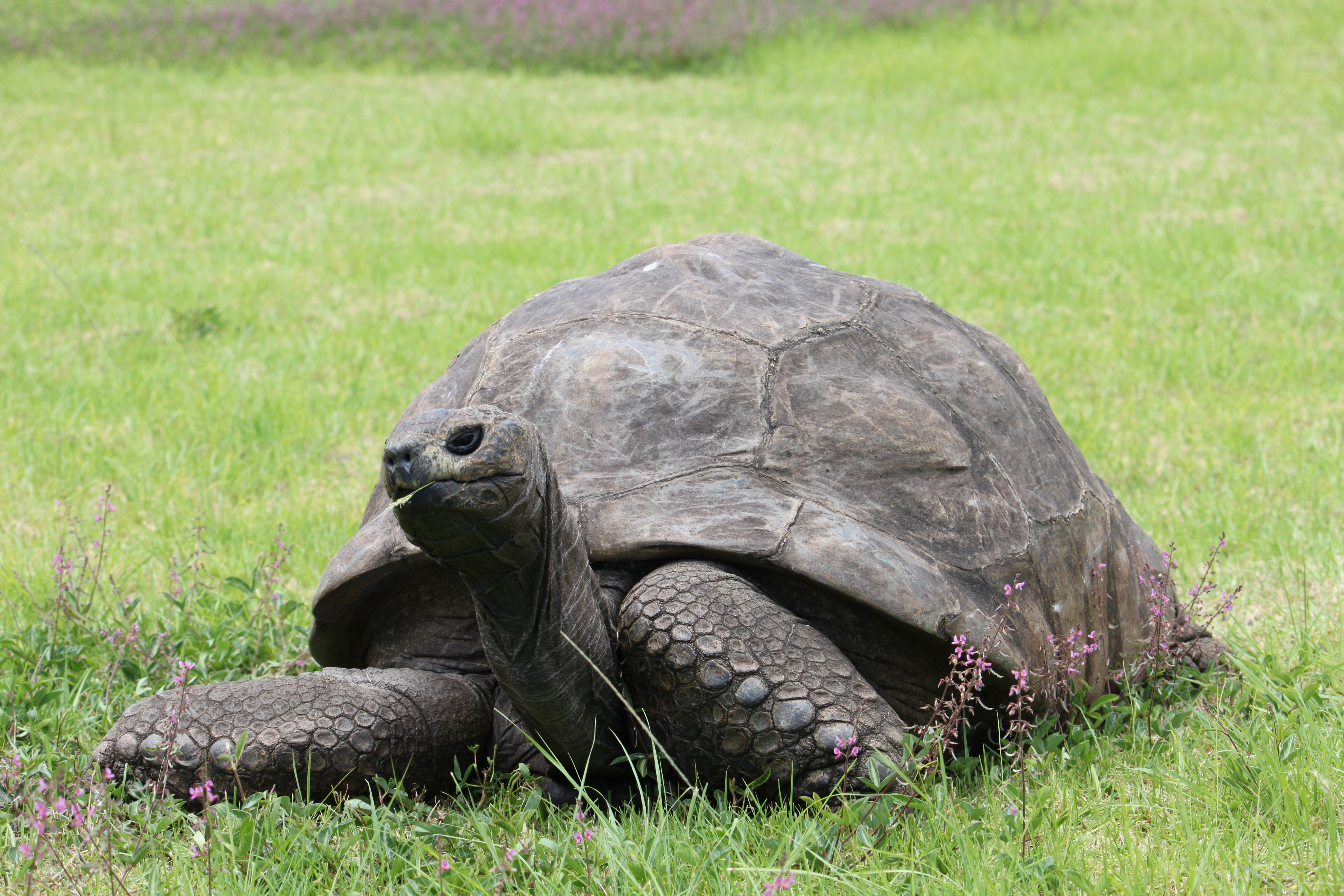
Tortoises have long been symbols of longevity and patience, with some species living well over a century. The Galápagos tortoise, for instance, is renowned not only for its impressive size but also for its extended lifespan. These slow-moving giants can live over 150 years, with some individuals recorded to have lived more than 170 years. Their slow metabolism, sturdy shells, and ability to survive on minimal resources contribute to their long lives. The Galápagos Islands, named after these tortoises, provide a unique environment where these creatures have thrived for centuries. The lack of natural predators and ample vegetation have allowed them to evolve with little threat to their survival. However, human activity has posed significant challenges to their existence, from hunting in the past to habitat destruction in modern times. Conservation efforts have been crucial in preserving these remarkable creatures, ensuring that they continue to be a living testament to the endurance of life. The story of the Galápagos tortoise is not just one of longevity but also of resilience and adaptation in the face of change.
2. The Immortal Jellyfish: Nature’s Reset Button
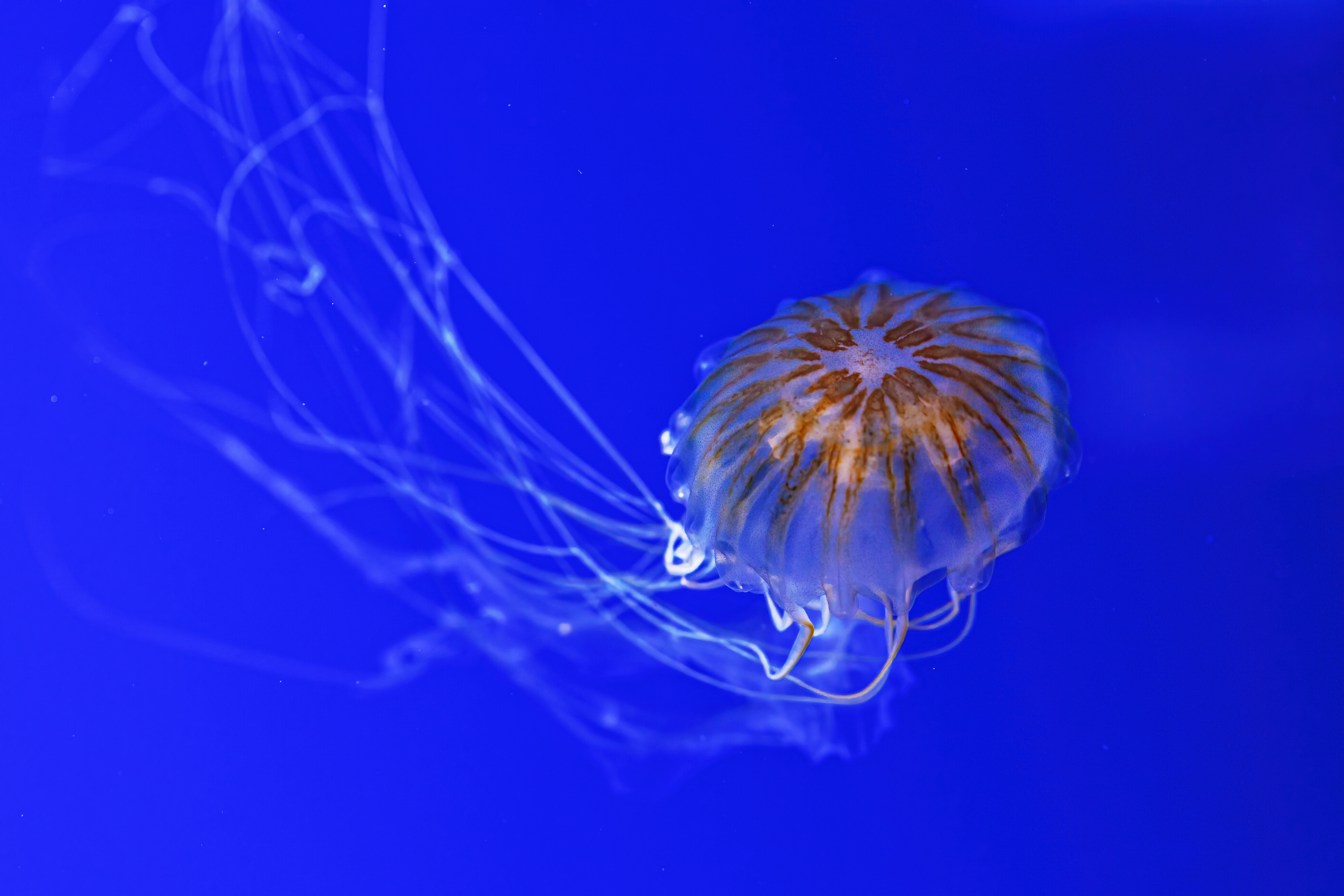
In the ocean depths, a seemingly unassuming creature defies the very concept of aging. The Turritopsis dohrnii, commonly known as the immortal jellyfish, has the extraordinary ability to revert its cells to a younger state, effectively resetting its life cycle. This process, known as transdifferentiation, allows the jellyfish to transform its mature cells into immature ones, starting its life anew. While not all individuals undergo this transformation, those that do can theoretically live indefinitely, making them a subject of intense scientific interest. The biological mechanisms behind this process are still being unraveled, but they hold significant promise for understanding cellular regeneration and aging. The immortal jellyfish’s lifecycle begins as a larva, which develops into a polyp and eventually into a mature medusa. When faced with environmental stress or physical damage, it can revert back to the polyp stage, bypassing death altogether. This remarkable ability raises questions about the potential for similar regenerative processes in other organisms, including humans. The immortal jellyfish challenges our understanding of life and death, offering a glimpse into the possibilities of biological immortality.
3. Bowhead Whales: Giants of the Arctic
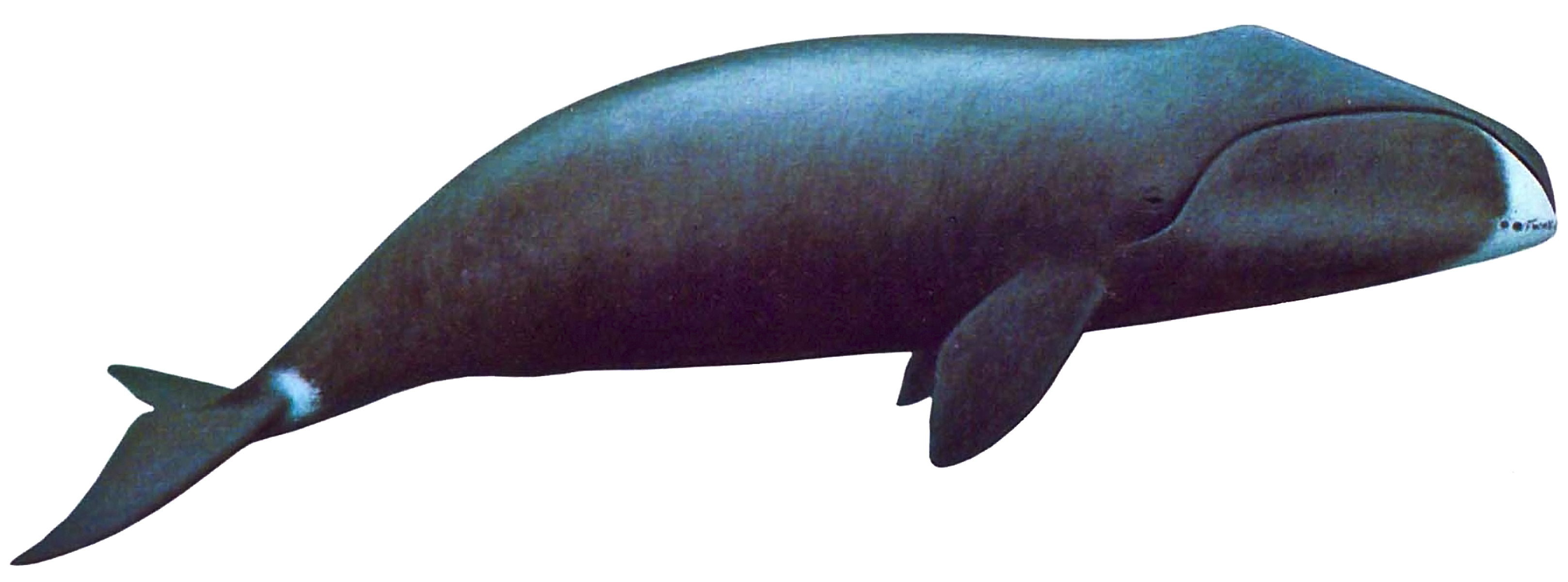
In the icy waters of the Arctic, the bowhead whale reigns as one of the longest-living mammals on Earth. Bowhead whales can live for over 200 years, with some individuals estimated to be more than two centuries old. These gentle giants are perfectly adapted to their frigid environment, with thick layers of blubber and the ability to break through ice to breathe. Their slow metabolic rate and low body temperature are thought to contribute to their longevity, allowing them to conserve energy over their long lives. Bowhead whales have been an integral part of the Arctic ecosystem for millennia, playing a crucial role in the marine food web. Their long lifespan and slow reproduction rate make them vulnerable to changes in their environment, particularly due to climate change and human activities such as shipping and oil exploration. Despite these challenges, bowhead whales have shown remarkable resilience, with populations rebounding in recent years due to conservation efforts. Their story is one of survival and adaptation, offering insights into the complex interplay between life and environment in one of the planet’s most extreme habitats.
4. The Timeless Trees: Bristlecone Pines
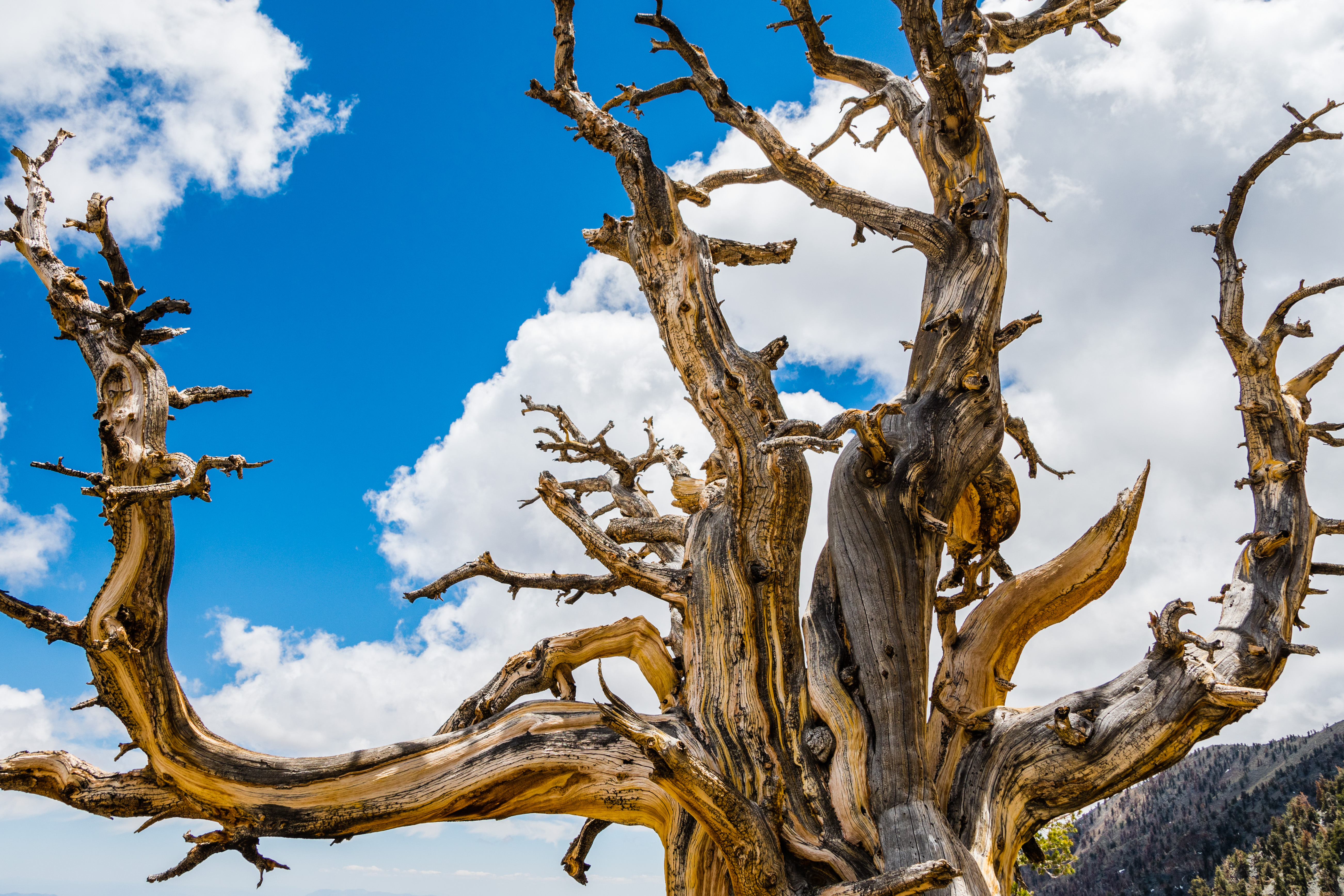
While not animals, bristlecone pines are among the oldest living organisms on the planet, with some trees estimated to be over 5,000 years old. These ancient trees, found in the arid mountains of the western United States, have survived millennia in harsh conditions, withstanding drought, wind, and cold. Their twisted, gnarled trunks tell the story of their endurance, each ring marking a year of survival against the odds. Bristlecone pines thrive in nutrient-poor soils where few other plants can survive, a testament to their incredible adaptability. Their longevity is attributed to their slow growth rate and the dense, resinous wood that protects them from pests and decay. These trees are not only a marvel of nature but also a valuable resource for scientists studying climate change and historical environmental conditions. By analyzing the growth rings of bristlecone pines, researchers can gain insights into past climates and better understand how ecosystems respond to environmental changes. The story of the bristlecone pine is one of resilience and endurance, a living chronicle of Earth’s history.
5. The Resilient Reptiles: Tuatara
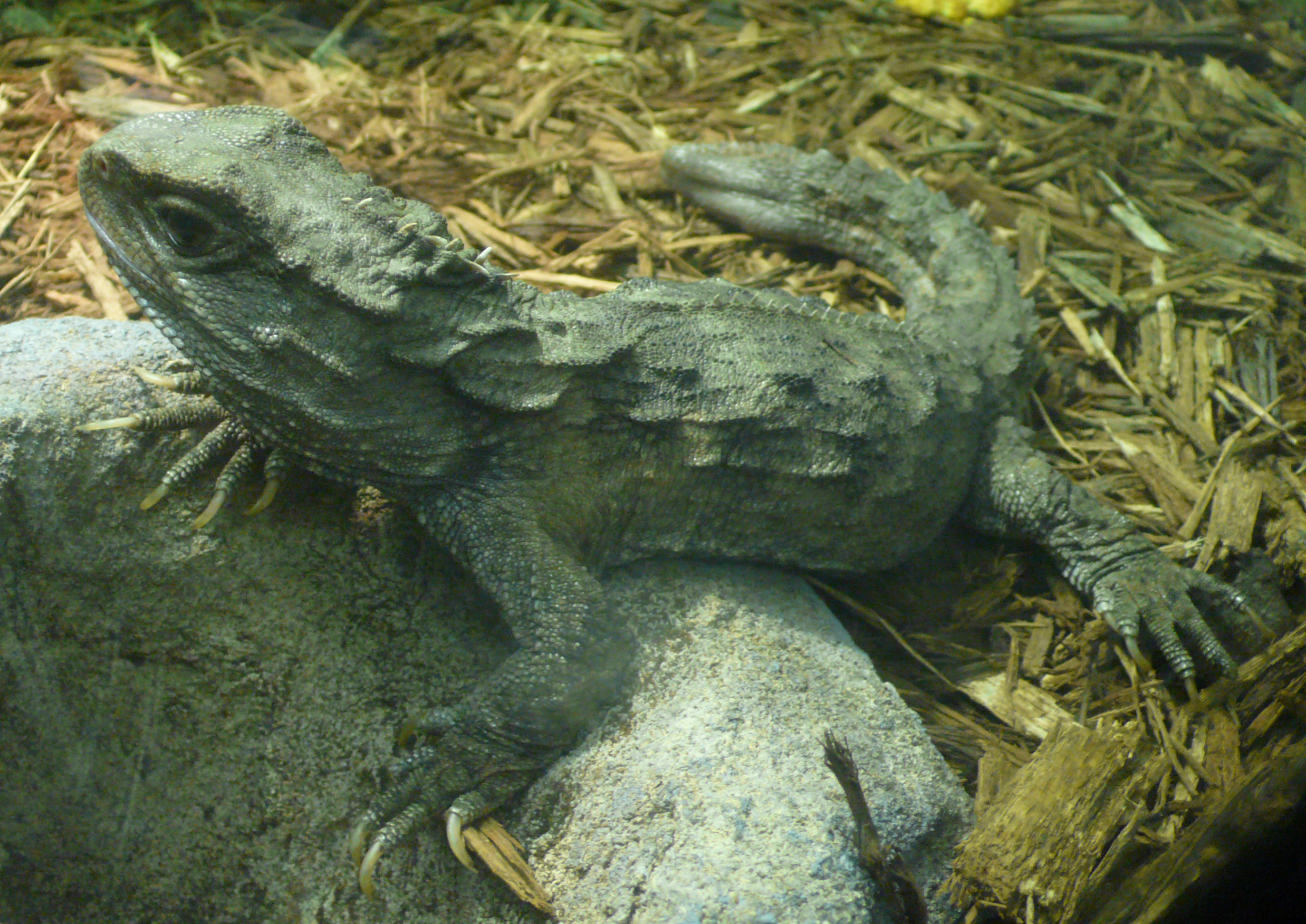
The tuatara, a reptile native to New Zealand, is often referred to as a living fossil, having remained largely unchanged for over 200 million years. These ancient creatures can live for more than a century, with some individuals reaching over 110 years of age. Tuataras are unique in the reptile world, possessing a third “parietal” eye on the top of their heads, which is believed to be involved in regulating their circadian rhythms and hormone production. Tuatara’s longevity is supported by their slow metabolism and low reproductive rate, with females laying eggs only once every four years. They thrive in cool climates, with their slow growth and development allowing them to conserve energy over long periods. However, tuataras face significant threats from habitat destruction and introduced predators such as rats and stoats. Conservation efforts are crucial to ensuring their survival, with breeding programs and habitat restoration playing key roles in preserving these remarkable reptiles. The tuatara’s story is one of ancient resilience, a reminder of the enduring power of evolution.
6. The Ocean’s Elders: Greenland Sharks
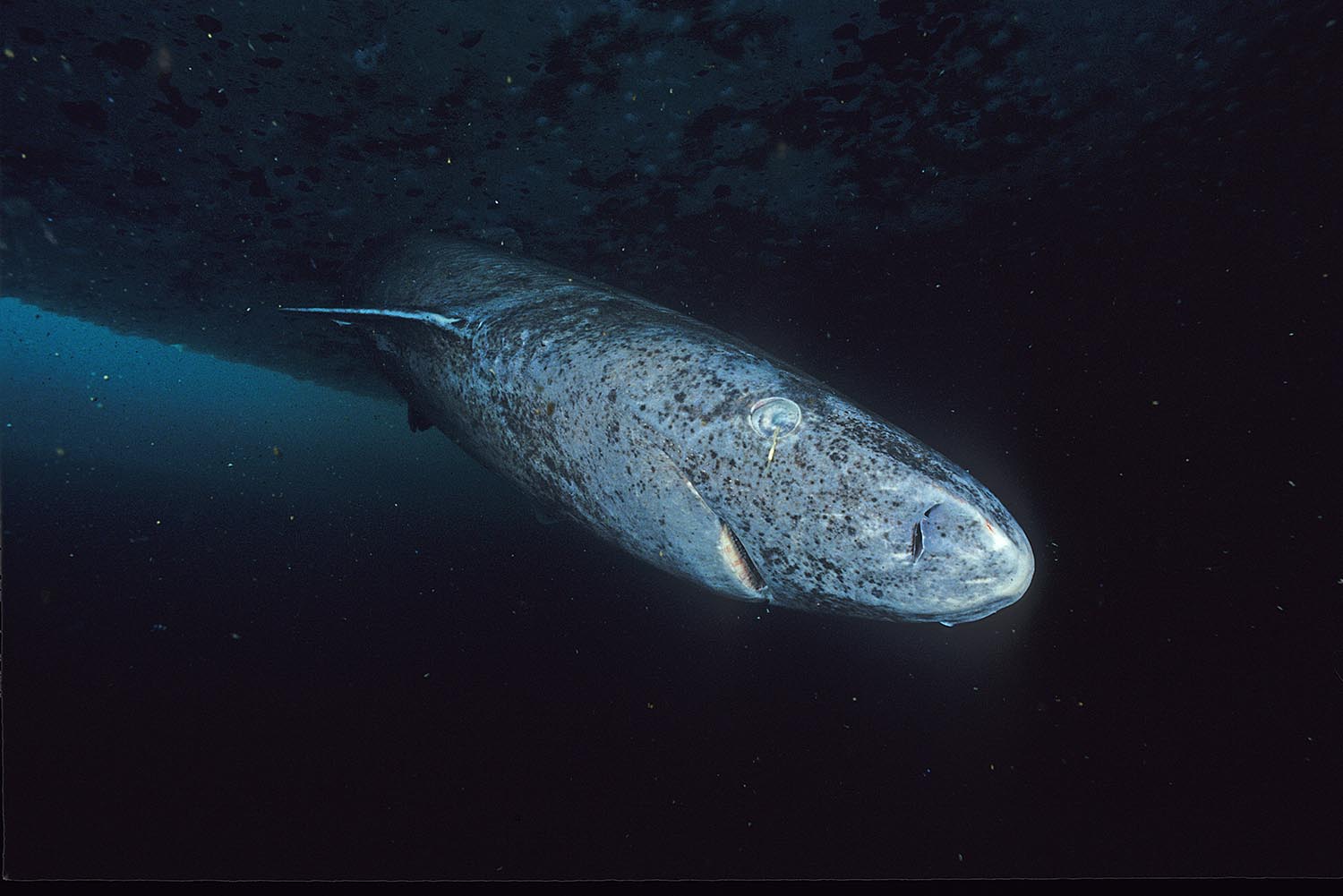
The Greenland shark is a true marvel of the deep, with recent studies suggesting these enigmatic creatures can live for over 400 years. Found in the cold waters of the North Atlantic and Arctic Oceans, Greenland sharks are among the longest-living vertebrates on the planet. Their slow growth rate and late maturity, with some sharks not reaching reproductive age until they are over 150 years old, contribute to their extended lifespans. Greenland sharks are top predators in their ecosystem, feeding on a variety of prey including fish, seals, and even scavenged carcasses. Despite their size and power, they are slow-moving and often covered in parasitic copepods, which may impair their vision. However, their keen sense of smell and ability to navigate the dark, icy waters make them formidable hunters. The longevity of Greenland sharks raises intriguing questions about the biological processes that allow them to live so long, offering potential insights into aging and lifespan in other species. Their story is one of mystery and endurance, a testament to the hidden wonders of the ocean.
7. The Enduring Elegance of Elephants
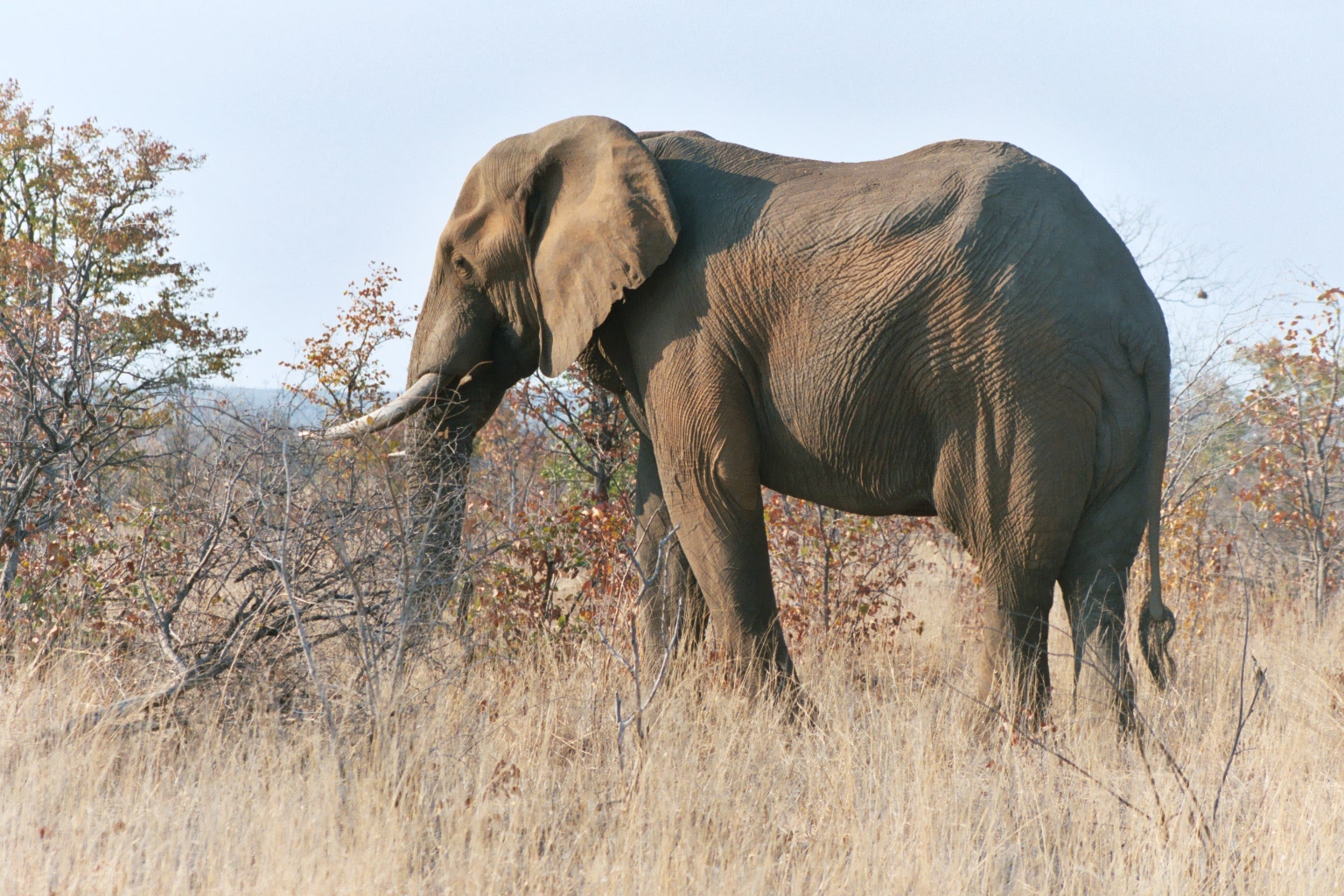
Elephants are among the longest-living land mammals, with lifespans reaching up to 70 years in the wild. While not as long-lived as some of the other creatures in this article, their complex social structures and intelligence make them a fascinating subject in the study of longevity. Elephants form close-knit family groups led by matriarchs, whose wisdom and experience are crucial for the survival of the herd. The longevity of elephants is supported by their large size, slow metabolism, and low predation risk. However, they face significant threats from poaching and habitat loss, which have drastically reduced their populations in recent decades. Conservation efforts are vital to ensuring the survival of these majestic creatures, with initiatives focusing on anti-poaching measures, habitat preservation, and community education. Elephants are not only symbols of strength and wisdom but also of the delicate balance between life and environment. Their story is one of endurance and adaptation, highlighting the importance of preserving biodiversity for future generations.
8. The Unyielding Urchins: Red Sea Urchins
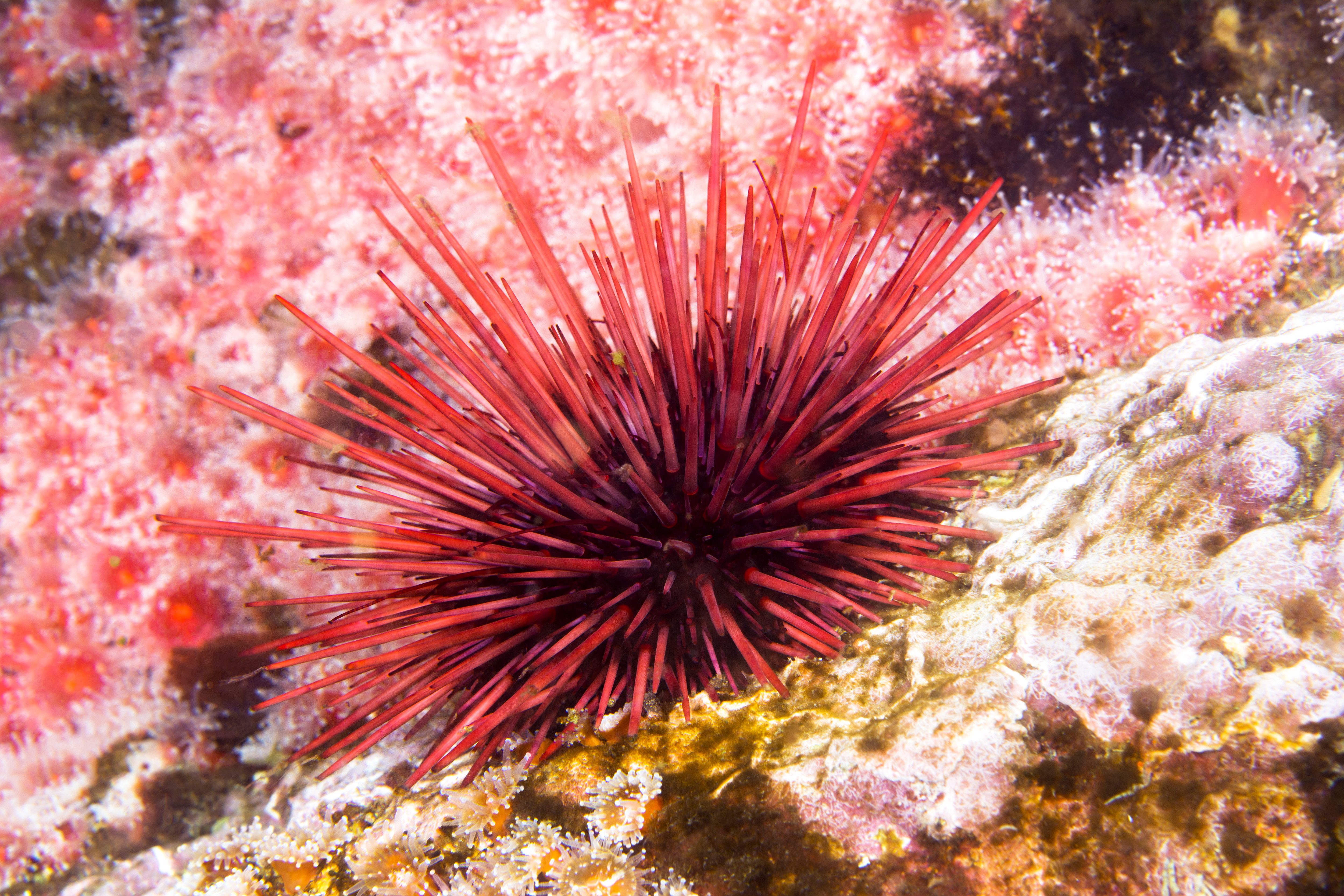
Red sea urchins are among the longest-living marine invertebrates, with some individuals estimated to be over 200 years old. Found along the Pacific coast of North America, these spiny creatures play a vital role in their ecosystem, grazing on kelp and other algae. Their long lifespan is attributed to their slow growth rate and ability to regenerate lost spines, allowing them to withstand environmental challenges and predation. The resilience of red sea urchins is further supported by their ability to adapt to a wide range of environmental conditions, from rocky shores to deeper waters. However, they face threats from overfishing and habitat degradation, which have impacted their populations in some areas. Conservation efforts are crucial to ensuring the sustainability of red sea urchin populations, with initiatives focusing on sustainable fishing practices and habitat protection. The story of the red sea urchin is one of endurance and adaptation, a reminder of the intricate connections between life and environment in the ocean.
9. The Ageless Amphibians: Olm
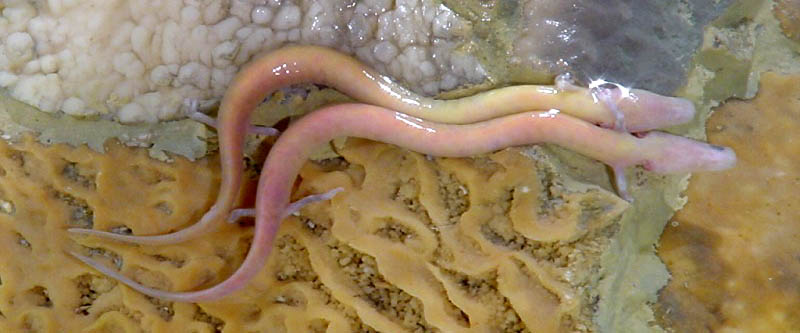
The olm, or Proteus anguinus, is a blind salamander native to the underground waters of the Dinaric Alps in Europe. These unique amphibians can live for over 100 years, with some individuals reaching up to 110 years of age. Olms are perfectly adapted to their dark, subterranean habitats, with elongated bodies, reduced pigmentation, and highly developed senses of smell and hearing. The longevity of olms is supported by their slow metabolism and low reproductive rate, with females laying eggs only once every 12 years. Their ability to survive in nutrient-poor environments, where food is scarce, is a testament to their remarkable adaptability. However, olms face significant threats from habitat destruction and pollution, which have impacted their populations in some areas. Conservation efforts are crucial to ensuring the survival of these fascinating creatures, with initiatives focusing on habitat protection and pollution reduction. The story of the olm is one of endurance and adaptation, a reminder of the hidden wonders of the underground world.
10. The Resilient Reptiles: Aldabra Giant Tortoises

The Aldabra giant tortoise is another remarkable example of longevity in the animal kingdom, with individuals living well over 100 years. Found on the Aldabra Atoll in the Seychelles, these tortoises are among the largest in the world, with some weighing over 500 pounds. Their slow metabolism and ability to survive on minimal resources contribute to their long lives, allowing them to thrive in their harsh, arid environment. Aldabra giant tortoises play a crucial role in their ecosystem, acting as keystone species that help maintain the balance of plant life on the atoll. Their grazing habits shape the landscape, influencing the distribution of vegetation and providing habitats for other species. However, they face threats from habitat destruction and introduced species, which have impacted their populations in some areas. Conservation efforts are crucial to ensuring the survival of these remarkable creatures, with initiatives focusing on habitat protection and invasive species management. The story of the Aldabra giant tortoise is one of resilience and adaptation, a testament to the enduring power of life in the face of change.
The majestic creatures that defy time with lifespans over a century offer a window into the mysteries of life and longevity. From the ancient tortoises of the Galápagos and Aldabra to the immortal jellyfish and the enduring bowhead whales, each species has adapted to its environment in unique ways, allowing it to thrive for centuries. These long-lived beings provide valuable insights into the biological processes that govern aging and survival, offering potential lessons for human health and medicine. The stories of these creatures are not just about longevity but also about resilience and adaptation in the face of environmental challenges. They remind us of the intricate connections between life and environment, highlighting the importance of preserving biodiversity for future generations. As we continue to explore the secrets of these timeless beings, we gain a deeper understanding of the complex tapestry of life on Earth and our place within it. The journey into the world of these ageless wonders is a testament to the enduring power of life and the boundless possibilities of nature.




